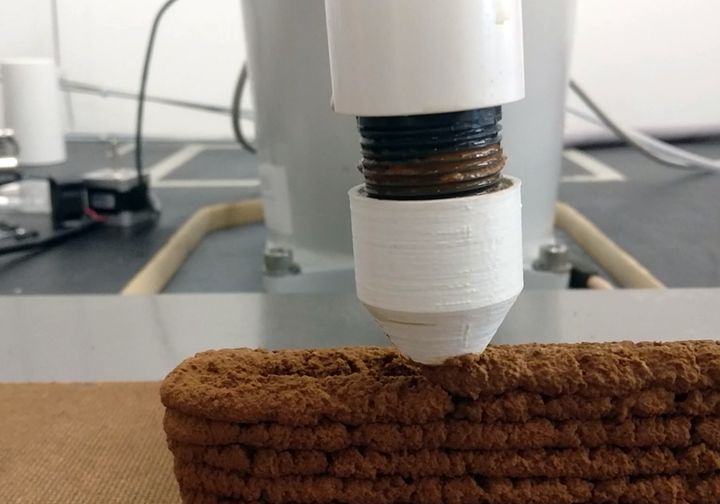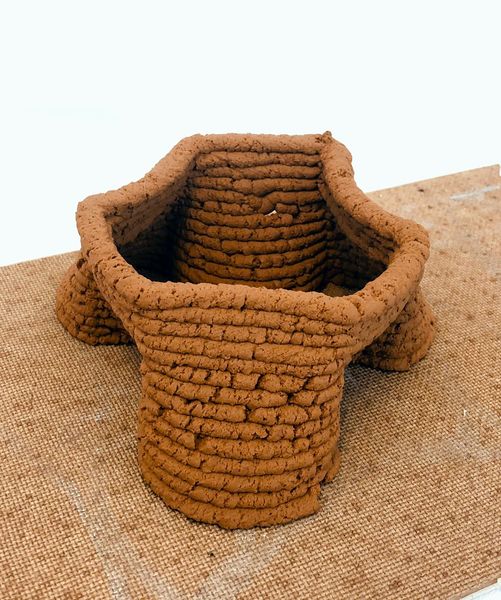
Researchers in Austin have developed a method of successfully 3D printing a soil mixture, but it’s not as easy as it sounds.
Why use soil? There are a couple of very good reasons for pursuing this angle. First, while concrete has been the de facto standard for today’s construction 3D printers, it is not a very environmentally friendly material.
Concrete and CO2
You might not be aware, but the use and production of concrete produces something close to eight percent of the current carbon dioxide emissions, near 1,500M tonnes of CO2 annually. To put that in perspective, that’s about half of the total amount of CO2 emitted by all human transport activities, including automobiles, trucking, aircraft and shipping. If there were ways to reduce the concrete CO2 emissions, then they should be considered.
Another reason is that soil exists everywhere, and if a suitable method for 3D printing could be invented, then we’d be awash in material.
3D Printing Soil
3D printing soil is not a crazy idea; materials have been made from soil for literally millennia: consider the common brick. Clay, mixed with fibrous material like grass, when dried can produce a very useful and durable building material. If a suitable could be extruded and cured, this could be viable.
But how exactly is this done?
The researchers realized that soil composition varies considerably from place to place, but clay is a common component, albeit in differing ratios with other elements such as organic material.
Clay 3D Printing

For their experiment they chose to use montmorillonite-rich Burlewash series clay, a soil material apparently available in the Austin area. Their process involved grinding the material up into very fine bits, which increased the total surface area of the material and allowed for more intense chemical reactions.
This fine powder was then mixed with sodium silicate and an alkaline water. This mix created a siloxane framework at a microscopic level, which resulted in significant material strength when cured.
The mixture was also suitable for extrusion, in that it could be pumped, but also solidify reasonably quickly to allow for subsequent depositions in a normal 3D printing sequence.
Their experiments showed they were able to 3D print objects that, when tested using standard ASTM methods, the sample was able to withstand a pressure of 3MPa, which is certainly not the strongest material, but sufficient to perform basic building tasks.
Scaling Up Soil Printing
While the researchers’ experiment used a very specific soil and additive mix, it is theoretically possible to develop similarly effective combinations for use with other types of soil. If this could be done, then it could open up the possibility of 3D printed soil in many regions around the world using native regolith.
With the increasing need for CO2 reduction it may be this type of approach to construction 3D printing could gain popularity, if this technology could be shown to work when scaled up. It’s likely going to take some notable levels of investment to do so, however.
